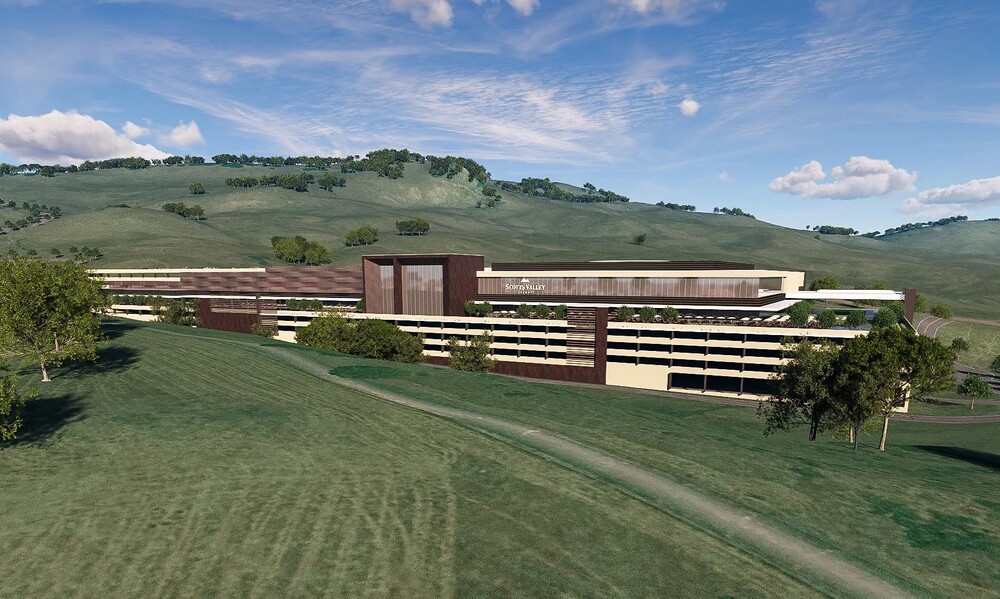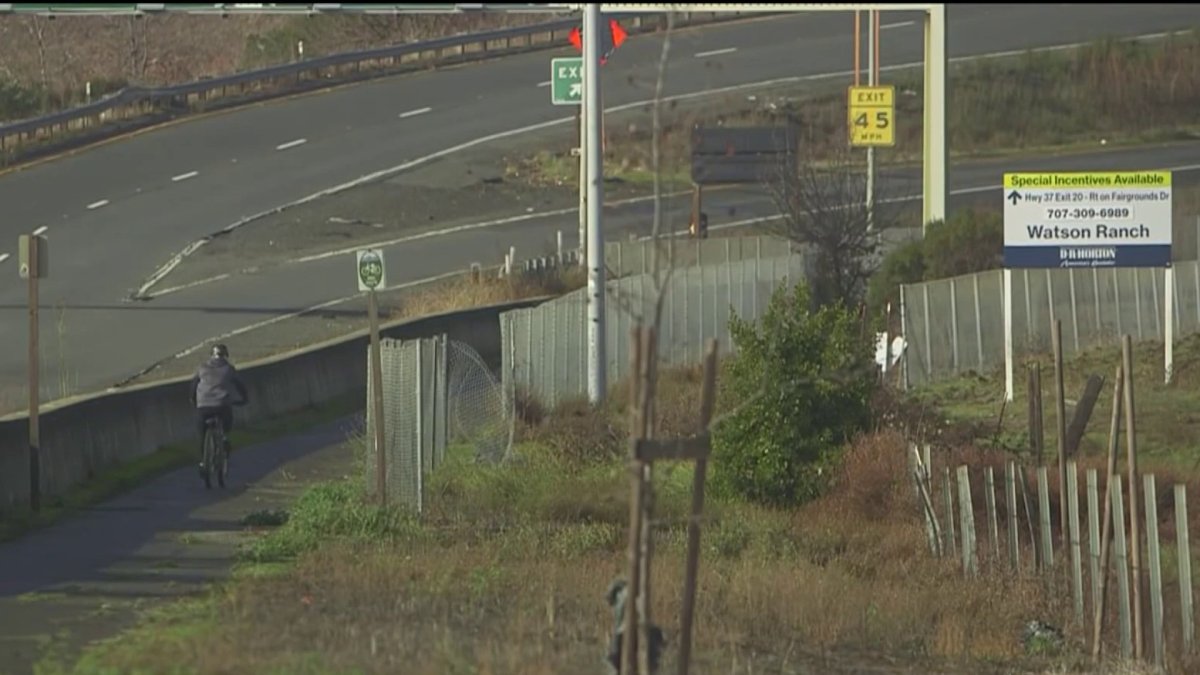The U.S. Department of Interior announced it approved the Scotts Valley Band of Pomo Indians’ request to place a 128-acre parcel of land, where a proposed casino project is set to live, in Vallejo in federal trust.
The arrangement now authorizes the U.S. government to hold title to the privately owned land and allow the tribe to develop the site and govern it.
The Scotts Valley tribe’s plan for the site includes the construction of a controversial 400,000-square-foot, eight-story casino, 24 homes for tribe members, an administration building, and a biological preserve.
The land awarded borders Interstate 80 and Columbus Parkway.
The first Trump administration rejected the proposal in 2019, claiming the tribe didn’t demonstrate a historical connection to the land. However, a federal court judge ruled that the government had overstepped its authority and overturned the decision. The Biden administration has moved forward with a review of the project, leading some to wonder if a decision might come down before President-elect Donald Trump is sworn in for a second term.
The proposal has sparked opposition from the Yocha Dehe Wintun Nation, which claims the land as part of its cultural heritage — echoing arguments that the Scotts Valley Band of Pomo Indians has no historic connection to the land.
The tribe’s proposal also received opposition from Gov. Gavin Newsom, who wrote a letter to the U.S. Department of Interior urging it not to approve the project because of its lack of historical connection. Several Solano County supervisors have also voiced opposition to the project.
The Vallejo City Council voted recently to work with the tribe if the land is placed into trust.
The history of the Scotts Valley Band of Pomo Indians, which has offices in Lake County and Concord, is rife with the kinds of shadowy details that illustrate the early treatment of Indigenous people in the U.S. In 1850, an estimated 800 members of the Pomo tribes were murdered in Clearlake by the U.S. Calvary following a revolt by enslaved tribe members. The event is known as the Bloody Island Massacre.
In 1907, the government granted the tribe 54 acres to build a rancheria but snatched the land away five decades later through the California Rancheria Act. The tribe successfully sued the federal government in the 1990s to regain its recognition, but the victory did not come with an allotment of land. The tribe is officially designated a landless tribe.





